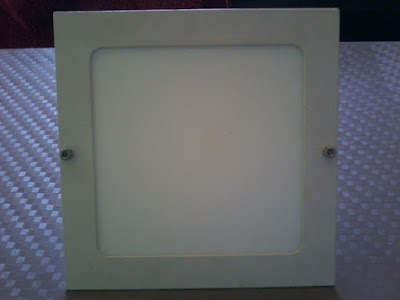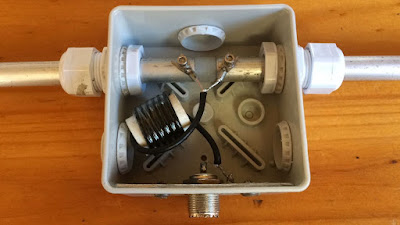As the title indicates, certain activities changed in Amateur Radio due to Covid19. Whether some changes will be permanent in future need to be seen. It is currently to early to come to any conclusions or final decisions. However we must adapt to circumstances or be willing to sacrifice certain pleasures in Amateur Radio due to the Covid19 virus.
One such activity is monthly public get togethers or club meetings. In our area we have a club as well as a group of radio amateurs that get together. The club has quarterly meetings while the Reboot Group get together on a monthly basis. Since the pandemic outbreak started all meetings were stopped/postponed. As the pandemic progress it is clear that it will take some time before we can hopefully safely get together again.
I suggested we use ZOOM at this time as to stay virtually in touch with each other even drinking a cup of coffee while in a ZOOM meeting. What we have done before can now be done safely with ZOOM without the risk of getting infected.
Setting up a "studio" to broadcast meetings etc. is now underway and we will do the first test streaming on the 1 July 2020 at 19h30. To make sure that the video quality will be acceptable I needed to install/gather equipment. The three main "ingredients" for a good video broadcast is: 1. Good Audio 2. Good Lighting and 3. Good Video. Many of the equipment needed are currently not available due to the fact that the public bought most stock to stream various services etc.
I needed to think out of the box to get a simple yet acceptable small "studio" up and running with equipment on hand or easily available. For audio I decided to invest in a USB microphone. I do have an "elaborate" mixer, sound interface and dynamic microphones on hand but decided to buy the FiFine K669B microphone for ease of use and the availability of space. This microphone is also used for WhatsApp, Skype, Zoom, Echolink and AllStar and has shown to be a relative good cheap performer.
Setting up the microphone is a breeze and the final results are amazing for such an inexpensive microphone.
Good lighting was next on the list. Now my space for a "studio" is very small and I needed to make sure that I do not clutter my work area even further with lights, mics, stands, cameras etc. For lighting I chose a cheap Chinese LED light which already has a diffuser installed. This light was manufactured to install into a ceiling and not on a tripod or overhead stand. I modified the light and it can now be used in many formats. I made a bracket that screws onto the back of the light. This allows for easy fitting to any object or stand. It is not the brightest of lights but will be used as a fill light. I intend to use a three point light setup to start with.
Now this project is far from complete. This topic will be updated as I progress with the project. I am currently looking at building an overhead or wall mount stand which will hopefully also save on the amount of space. To mount lights, cameras, and other accessories I need a sturdy overhead rig. I have not yet decided on how I will build mine but have a few ideas up my sleeve.
I am busy constructing a swing arm that will be used to mount either a microphone or a camera. It is sturdy enough for a microphone or a camera. I still need to make the mount to attach to either a wall or overhead rig. The images underneath depict the swing arm.
My green screen that I will be using on ZOOM and OBS under construction:
Busy constructing my H-Frame Light Stands:
Updates to follow as I continue with the project. Please check back from time to time if you interested in Virtual Amateur Radio Meetings.





































